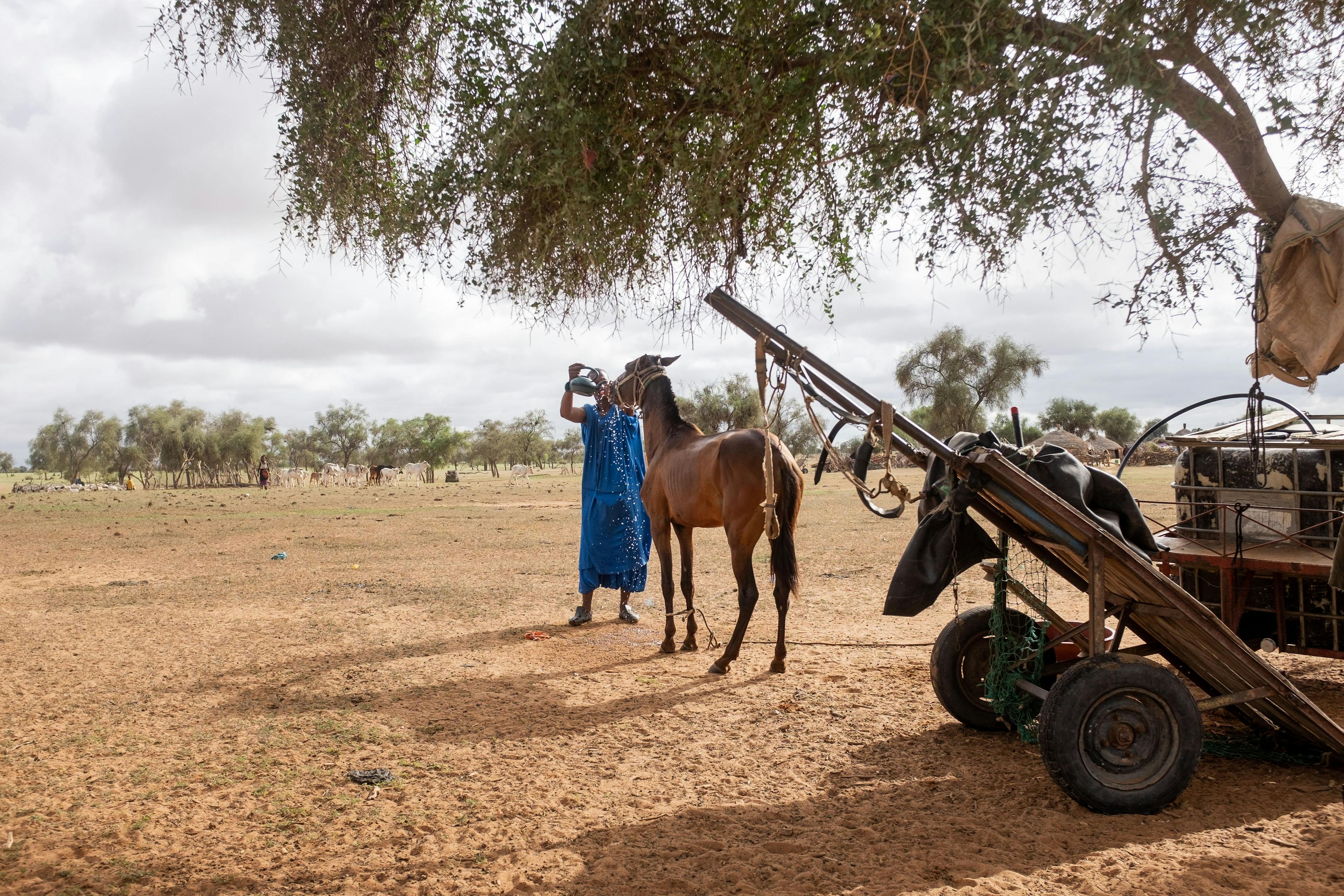Voices from thefrontlines
Climate change is reshaping our world and exposing Africans, across the continent, to increased hardship. How can its people be empowered to face climate shocks and stressors and make informed decisions to move or stay now and in the future?
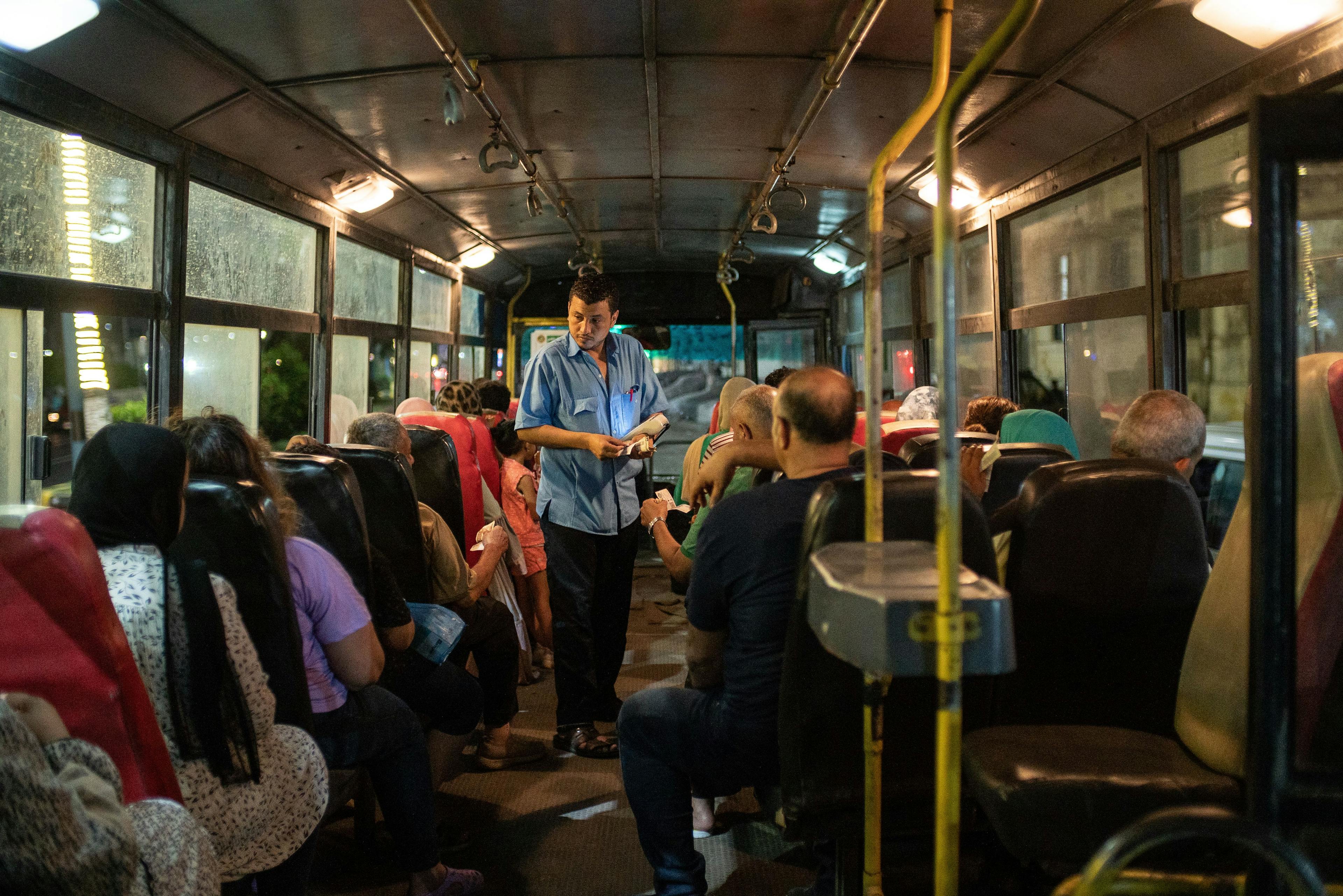
Big changes • 3.3
UrbanEngines
UrbanEngines
People are moving to, within, and from cities and towns
Introduction
African cities are at the centre of climate mobility dynamics: they draw migrants in search of safety and new prospects, but also expose people to climate and displacement risks.
Lusaka is projected to become a climate mobility destination for up to 82 thousand people evading flood risk in the surrounding areas by 2050. However, not all urban areas in the continent will become safer, as some (particularly coastal) cities might be at greater climate risks over time.
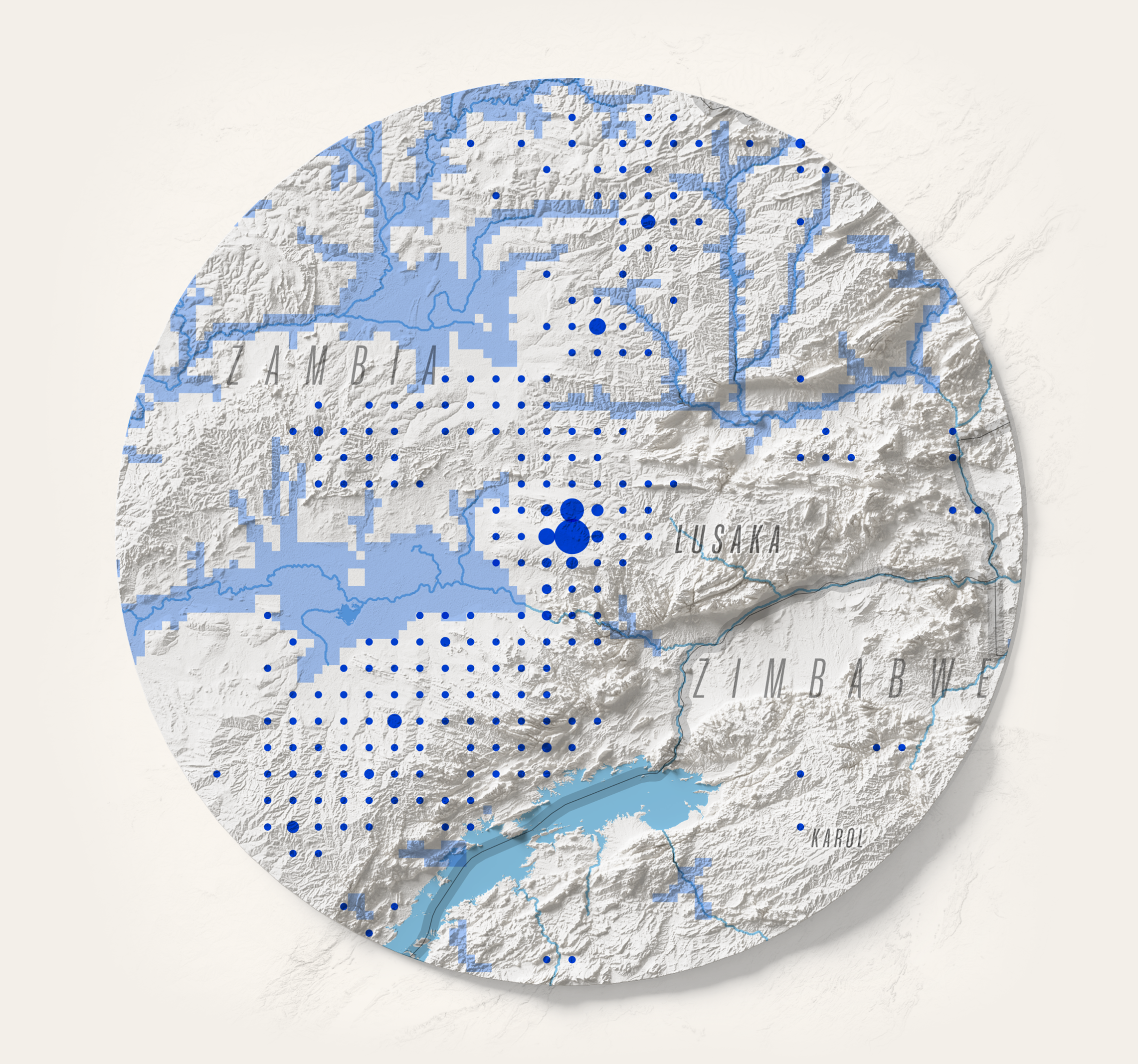
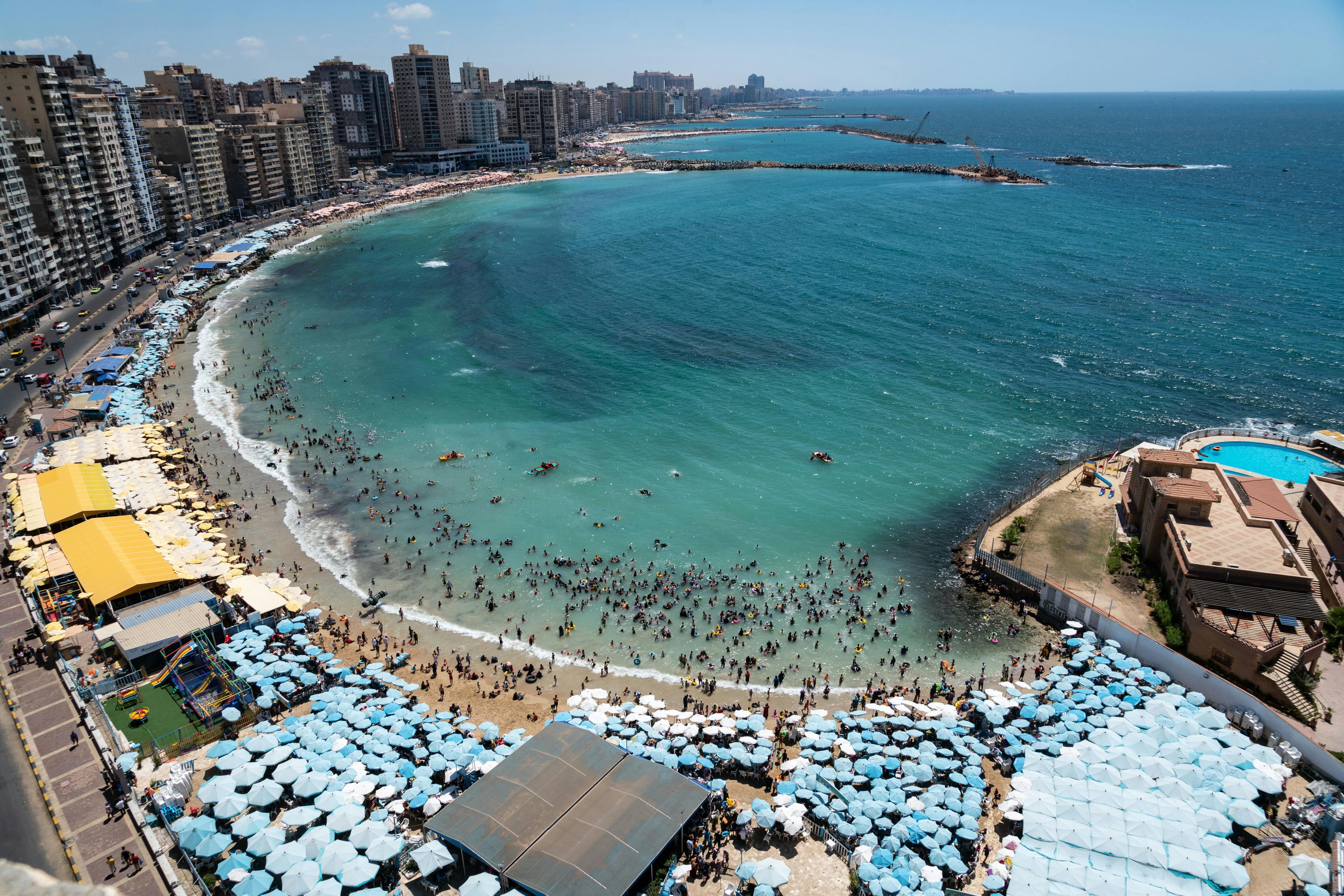
Sidi Bishr Beach, Alexandria, Egypt
Storm surges are eroding some Alexandria beaches. The government is repairing these with trucked-in sand, and putting other protection measures in place. In future, some African coastal cities will see people move towards less risky places to live.
Climate mobility will add to ongoing urbanisation trends, and lead the expansion of smaller cities and towns
Much of today’s climate mobility is happening towards or within urban centres. The bulk of Africa’s urban population growth until 2035 will take place in cities of fewer than 500,000 residents. Climate mobility will add to this trend. This can pose challenges in receiving cities, as many municipalities lack the capacity to provide services for their already fast-growing populations. If governments are proactive, though, they have time to address residents' basic infrastructure and service needs before the service gap widens. Small cities that are growing rapidly also offer opportunities to bypass old technologies and implement efficient, ecologically-sound practices that can contribute to shaping more sustainable urban hubs.
Despite continued urbanisation, climate impacts will slow growth in some cities
Even though cities are generally expanding, climate impacts will cause some residents to leave or relocate within cities in response to adverse impacts from sea level rise, inland flooding, or water scarcity. This climate-driven movement away from urban areas could reach up to 4.2 million people across the continent by 2050. However, given the overall projected urban growth on the continent, which is expected to reach 1.5 billion people by 2050, this outward mobility will only make a minor dent in urban populations overall. Even with some people moving out of harm’s way, millions more are likely to remain in risk-prone areas looking for access to opportunities.
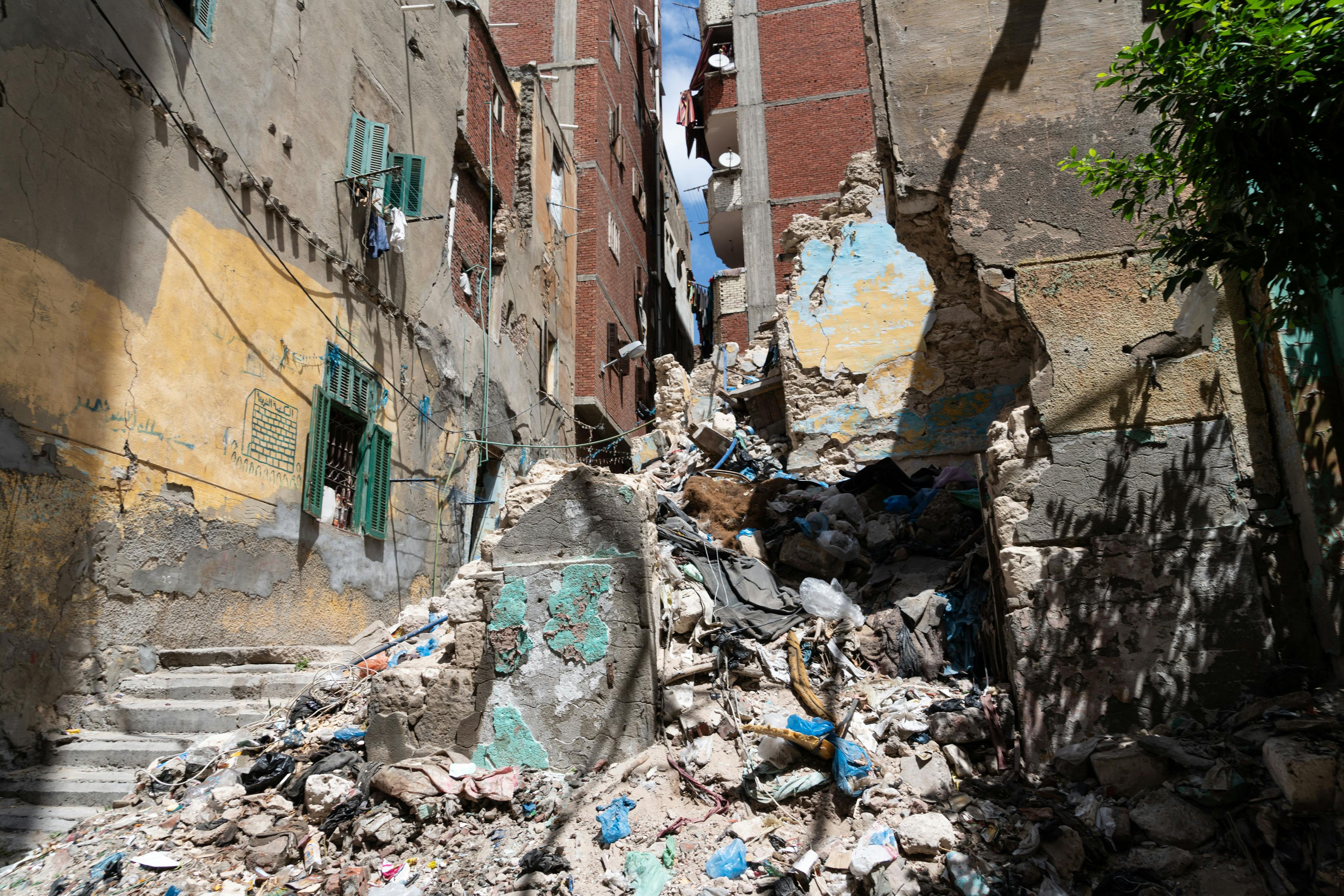
Kom El Shoqafa Catacombs, Alexandria
Residential buildings here have been damaged by ground water. Sea level rise will worsen these impacts at this historic site, and in flood-prone coastal neighbourhoods around the continent.
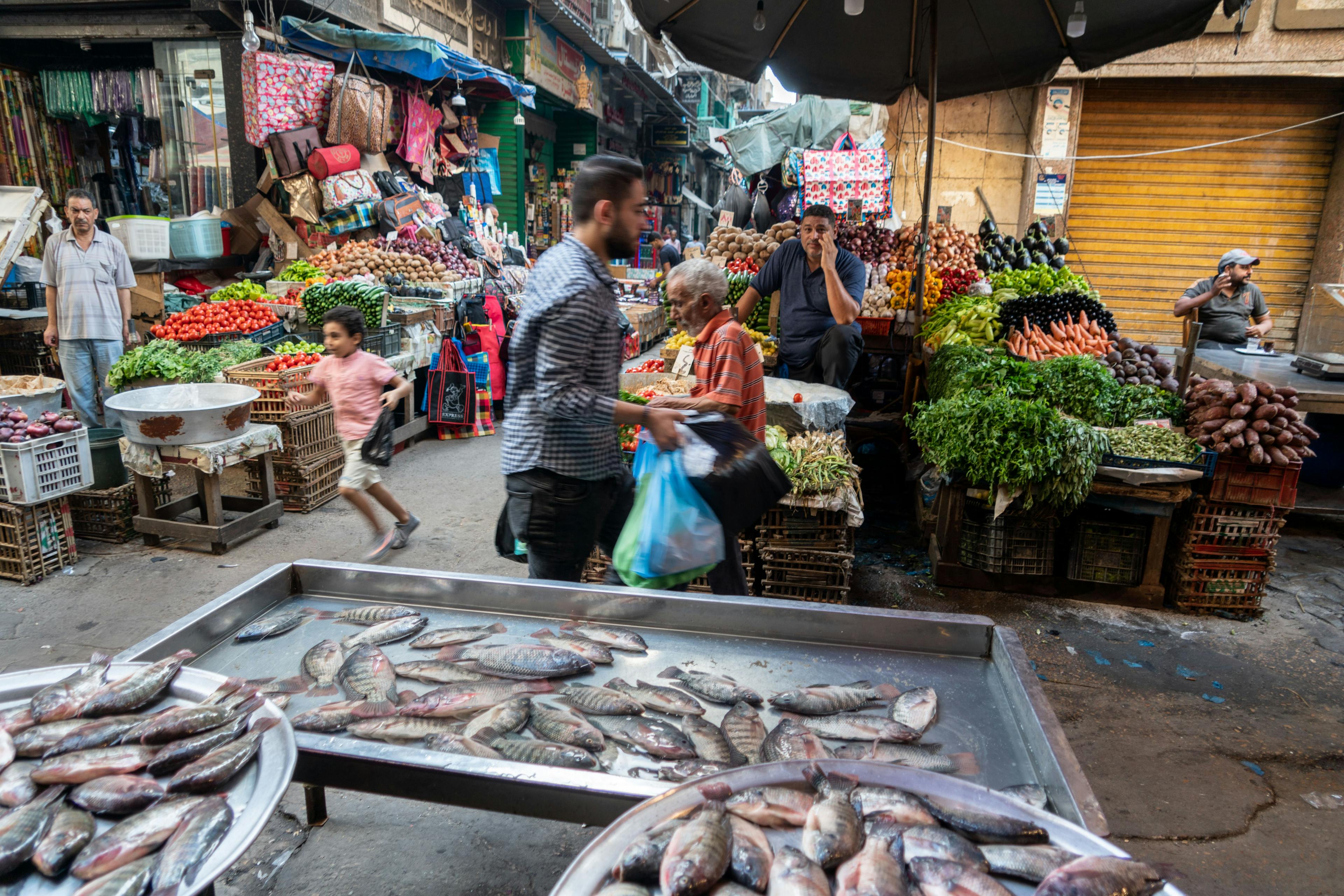
El-Manshia Market
This market is renowned for its good prices and range of produce. Cities have always held allure for people seeking a better life. By 2050, 60 percent of Africans will be city-dwellers. Climate mobility will fuel this trend, but also slow growth in some cities.

El-Mashia Market
Hassan Gabr Ahmed (front) and Taha El-Seidie (back) moved from a village in the Sohag region along the Nile River, and now work in this downtown bakery. Millions of Africans will make the rural-urban trek, despite cities’ climate risks.
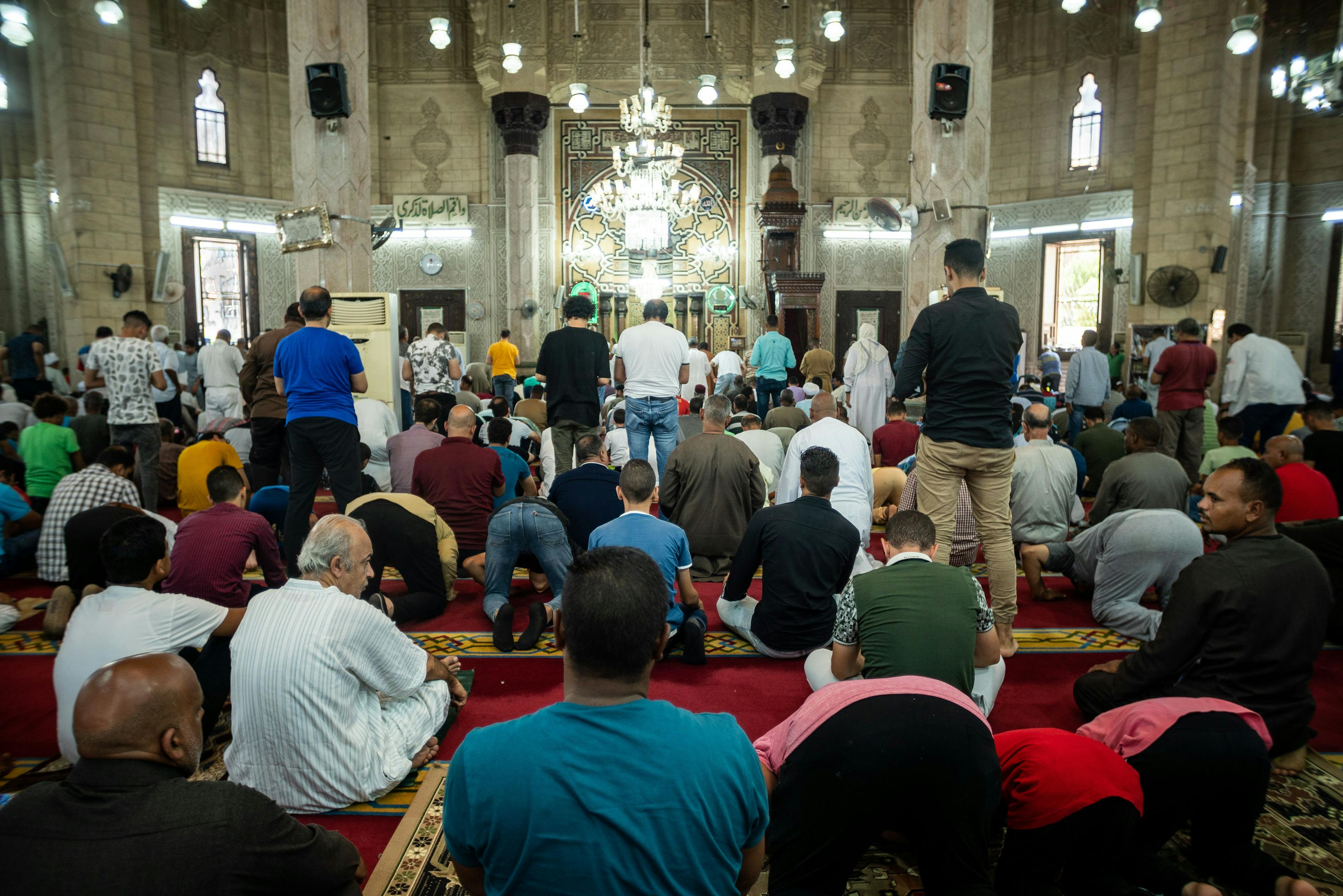
Abu Al-Abbas Al-Mursi Mosque
Friday prayers at the 13th Century Sufi mosque. People across Africa have a deep sense of being rooted, and prefer to stay in their home communities. Cultural identities and community ties are strong, even when climate impacts make life difficult.

Villa 70’s Studio, Mahatet El-Rami
Instructor Abdelrahman Salahu Eddin takes Sudanese dancer Lina Fatteh through her steps. People move to cities for better schooling, economic prospects, and safety, but also out of a desire for personal freedom and self-expression.

El Horreya Center For Creation
Alexandria has been a hub for the exchange of ideas for centuries. As climate change brings a more volatile future, Africa can draw on its heritage, and the diversity and ingenuity of its people, to shape a climate resilient development pathway for the continent.
![Director Sherif Mohsen [bending] is shooting movie scenes on location in various Egyptian coastal cities. He is concerned that some of these sites might not be there ‘100 years from now’ as sea level rise and flooding reshape Africa’s coastal cities.](/_next/image?url=https%3A%2F%2Fcdn.sanity.io%2Fimages%2Fpd7x7lde%2Fproduction%2F15448d4a1ed3c98996d0eeaa93d24e504ce90ed7-7952x5304.jpg%3Ffit%3Dmax%26auto%3Dformat&w=3840&q=75)
Mahatet El-Rami, Alexandria
Director Sherif Mohsen [bending] is shooting movie scenes on location in various Egyptian coastal cities. He is concerned that some of these sites might not be there ‘100 years from now’ as sea level rise and flooding reshape Africa’s coastal cities.

Miami District
Friends meet after work for coffee and a catch-up in a cafe near the sea front. For those considering moving, having a friend or relative in the city can help them find their feet, as they settle and look for work.
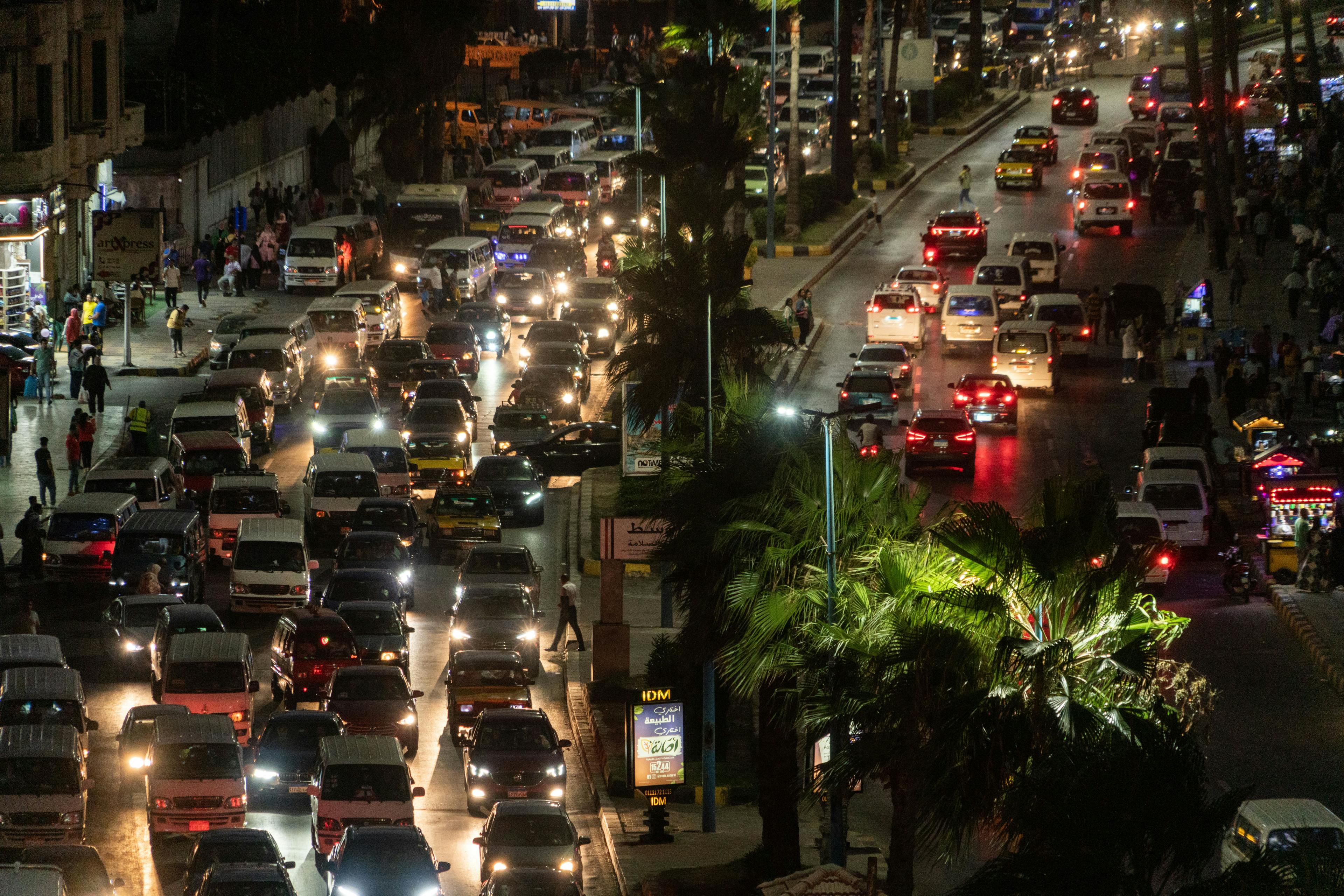
Mahatet Al-Raml
New road developments aim to ease the city's congestion. African cities need to plan for growing populations to avoid urban sprawl and check air pollution.
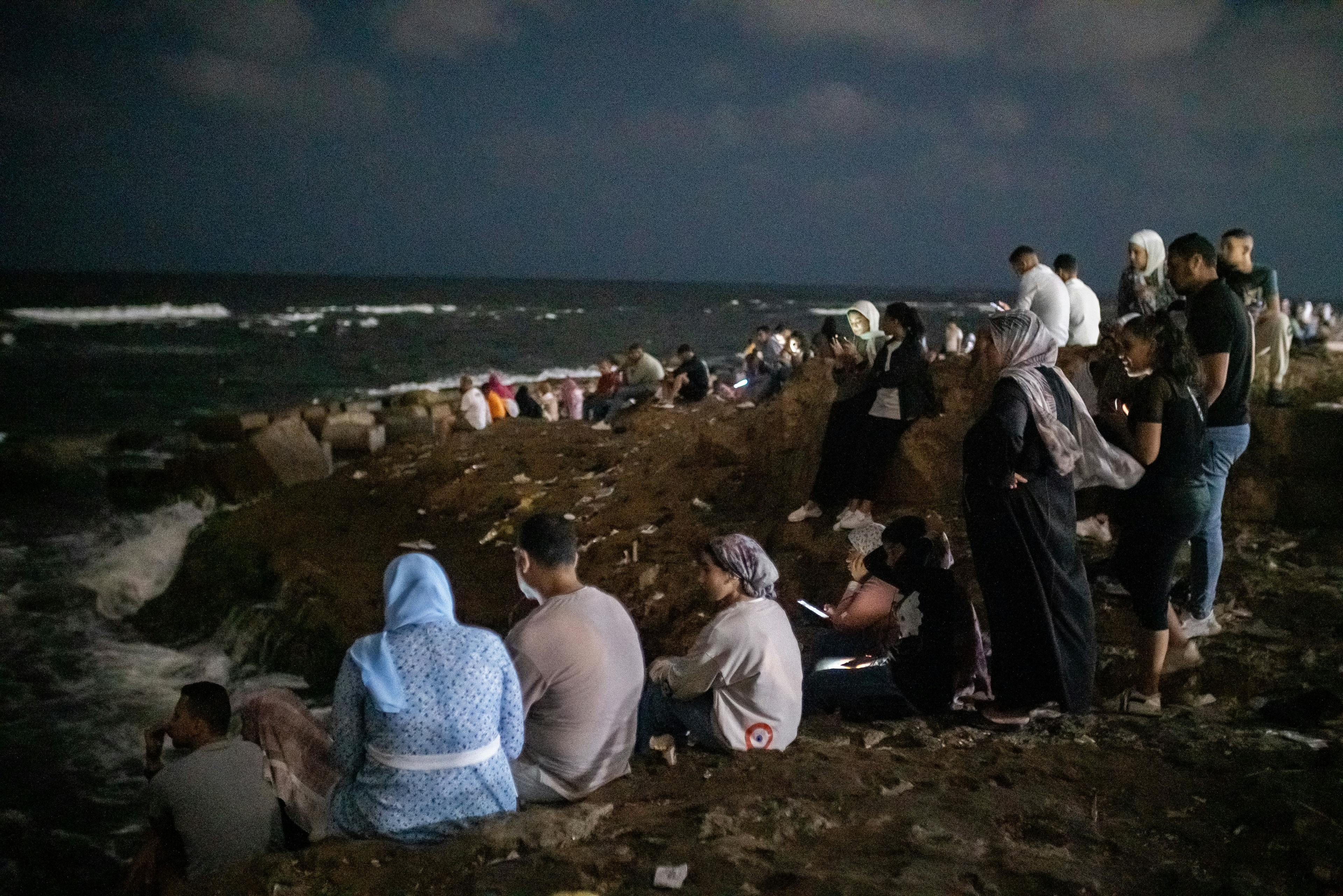
Bir Masoud
The ocean view along this shore front makes it a popular spot for locals and tourists alike. In the future, urban edges like this one risk being damaged by flooding, coastal erosion, and storm surges.
Coastal and riverside cities are uniquely exposed
The Africa Climate Mobility Model predicts that climate mobility could slow population growth in some coastal cities by 2050. Lagos is an example of where this might occur. Up to around 200,000 people could leave the city due to climate impacts by mid-century, while the city’s overall population is still projected to grow. Climate mobility could lead to small reshuffles of the population in cities like Freetown and Monrovia, where people are forecast to move away from the coast but within the cities’ boundaries.
Three of the top four climate mobility source cities are coastal or on major rivers: Accra in Ghana, Desouk in Egypt, and Casablanca in Morocco. These cities are expected to see an increase in flooding, either on the coast or along their river systems. Casablanca and Asmara in Eritrea are both in semi-arid environments, where the surrounding areas are likely to see a decrease in water availability and crop production, driving people to leave rin search of new prospects. With some exceptions, the highest percentages of climate mobility-driven urban population decreases are forecast to occur in cities in Northern and Eastern Africa.
Figure 4
Coastal cities will be major hotspots of climate (and overall) mobility, and the direction of migration (incoming or outgoing) will vary among locations.
Internal climate mobility hotspots by 2050 in coastal cities
OriginsDestinations
Very likely
Likely
Likely
Very likely
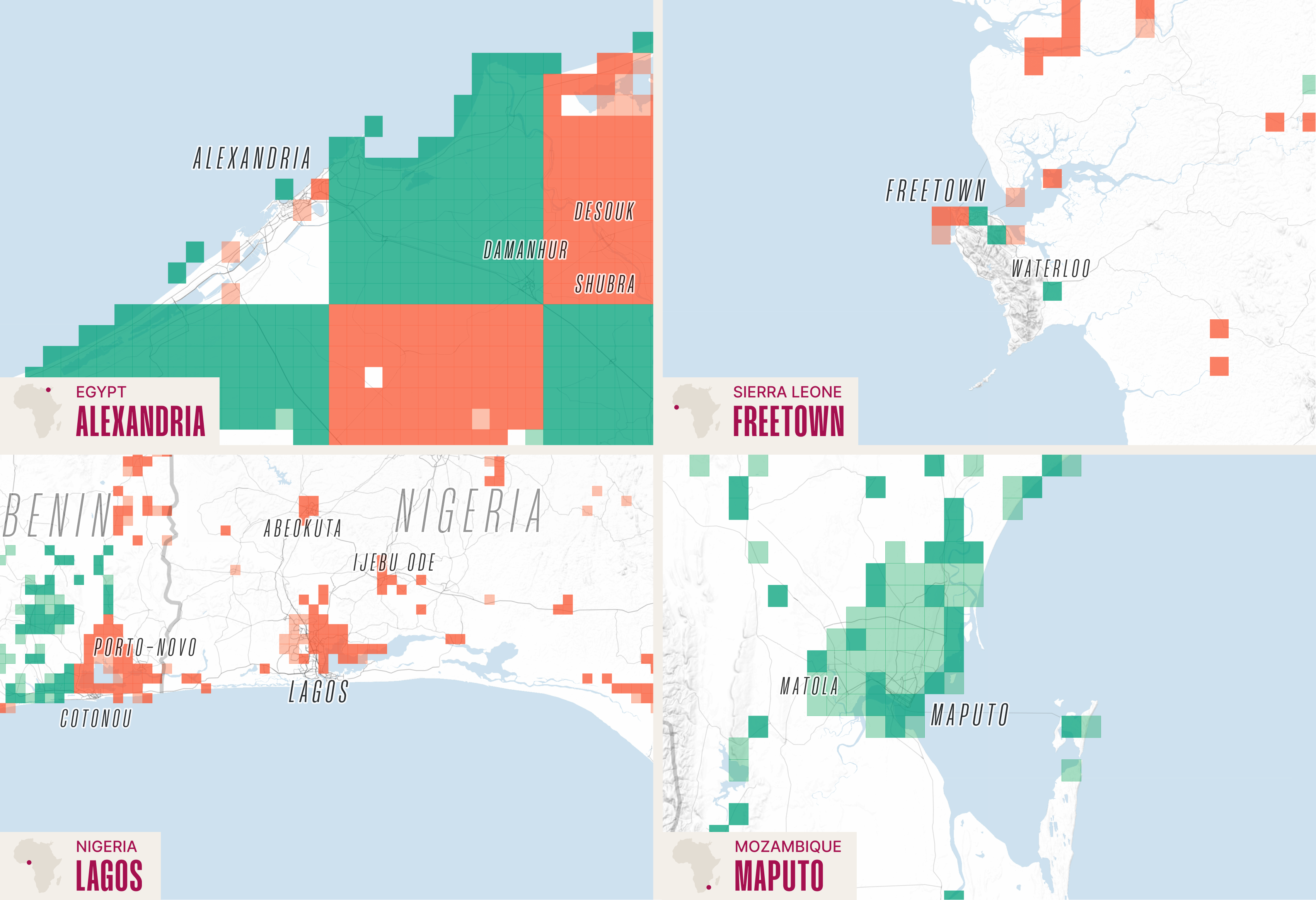
Source: ACMI Africa Climate Mobility Model, 2022
The ‘urban pull’ can expose people to new risks and vulnerabilities
Rural-to-urban migration can increase the vulnerability of people who move into areas where they are exposed to new risks, such as flooding, extreme heat, and food insecurity. In sub-Saharan Africa, low-lying coastal zone populations could increase by 175 percent (by 2030) and 625 percent (by 2060) according to the IPCC. Many African cities have vulnerable, low-lying coastal areas and informal settlements which tend to be destinations for incoming migrants. Many of these settlements are growing fast and in the most exposed areas. Despite experiencing climate-related risks, some coastal cities are projected to grow due to climate mobility. For example, Maputo in Mozambique is projected to grow by up to 1.6 million people by 2050.
Conclusion
African cities are already taking actions for climate adaptation and mitigation, sustainable development, and migration and displacement.
When considering policy responses to climate mobility, national, regional and continental processes can benefit from the lessons and insights of African mayors and local leaders who are on the frontlines of finding solutions. Cities need localised and disaggregated data, investment in soft and hard infrastructure, and planning and fiscal competencies to safely house and provide social services to growing and shifting urban populations. As climate mobility strengthens rural-urban ties, planning and cooperation across both spaces can support resilience and food security for rural and urban communities alike.
Chapter 4
On the forefront
How climate mobility will affect herders, youth, and women
